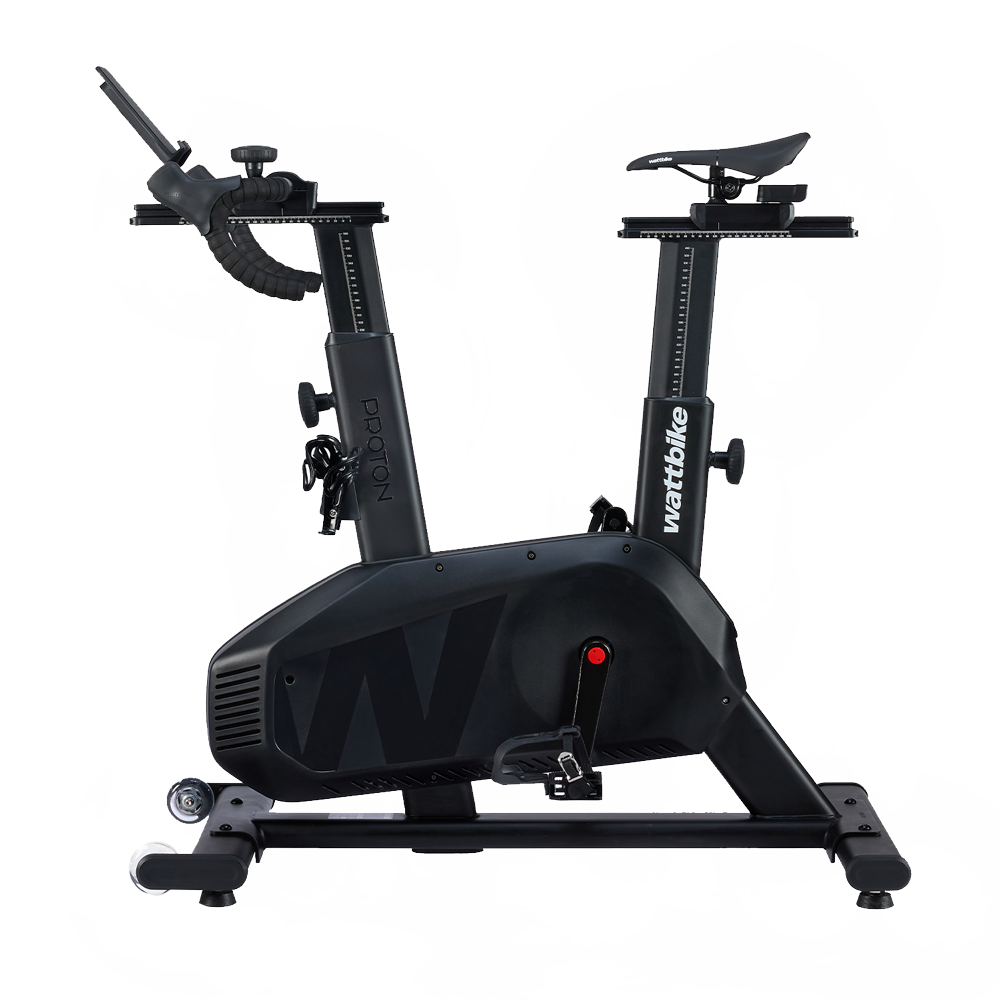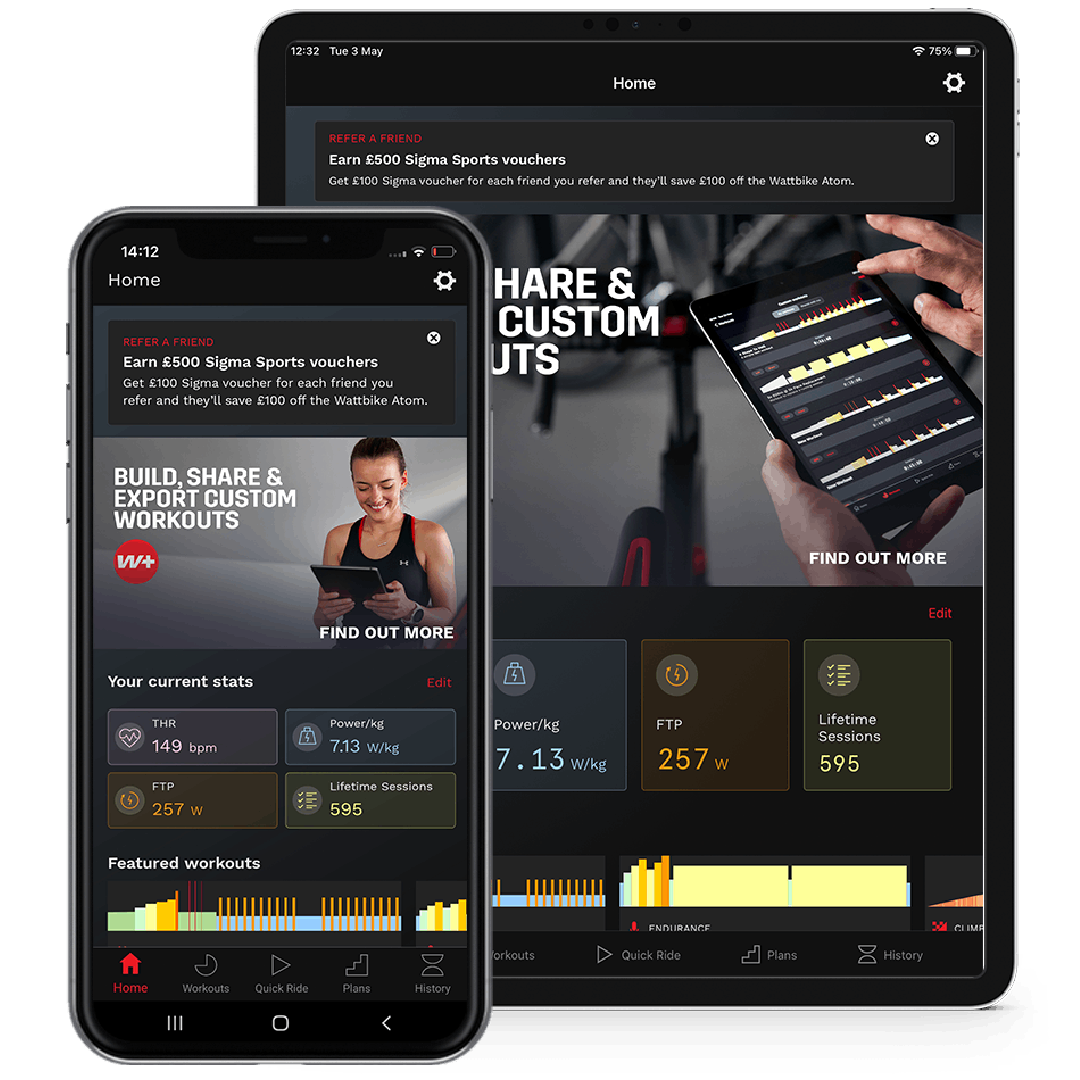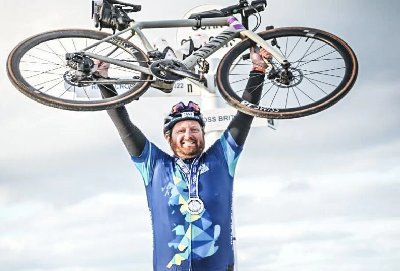Your Cart is Empty
shop
training & apps
support & services
news & information
Puzzled by Polar View? Here's how to improve.
August 25, 2017 3 min read
It may come as no surprise that the most efficient way to improve your cycling is by concentrating on your pedalling technique. But this isn’t always the easiest metric to measure. Pedal Effectiveness Score (PES), our unique industry measurement, developed by Wattbike, is combined with Polar View technology to help you keep track of your pedalling and recognise where you can make improvements.
Each cyclist is different, whether out on the road, or on an indoor smart bike. Therefore, each cyclist will have a different pedalling style and will see different results when improving pedalling technique. We’ve analysed some of the most common types of pedalling problems. Here are our tips on what to improve based on the best representation of your Polar View profile.
LEFT/RIGHT ASYMMETRY

If you’re seeing a shape similar to this, then you have an asymmetrical Polar View profile, which is present when there is an imbalance in force between the left and right leg.
Asymmetry can be caused by recent or previous injuries affecting muscle strength or function, or a small difference in leg length. Often, there is no clear reason.
It can be corrected with focussed training. Use the real time feedback of the Polar View to increase effort and force on the less forceful side, rather than reducing force on the more forceful side.
After a few weeks, you should see a notable change over short time periods. As your new technique becomes easier, try some longer sessions, giving continual attention to the equal balance. If your imbalance does not start to improve, consider evaluating your position, paying particular attention to your saddle position. Visiting a physiotherapist will also ensure there are no underlying issues.
INSUFFICIENT PUSH DOWN

If you are seeing a Polar View shape which has little to no dip, your style of pedalling could be creating an insufficient push down. This is present when there is too much focus on pulling backwards at the bottom of the pedal stroke and not enough on pushing downwards in the middle part of the stroke.
The gluteal, hamstrings and calf muscles are engaged in this process, but the quadriceps are not engaged to the same proportion of their functional capacity.
To improve, focus on increasing the magnitude of the downwards force in the middle part of the pedal stroke, whilst still maintaining an effective pull backwards.
INSUFFICIENT TRANSITION

The ‘peanut’ shaped Polar View shows an insufficient transition, which is present when your pushing down forces are good, but the transition of force between each leg is not as strong.
To optimise your transition, good co-ordination between left and right legs is essential. To improve, focus on pulling backwards at the bottom of the pedal stroke and pushing forward slightly at the top and start of the pedal stroke.
FORWARD SADDLE POSITION

This shape is a typical profile created by a time trial rider who positions their saddle forwards to adopt a lower trunk angle and achieve an aerodynamic position.
This position makes it difficult to maximise forces during the whole pedal stroke and achieve an effective transition. However, it is still possible to improve your PES score and attempt to improve the angle of peak force.
To improve, start the pedal stroke as early as possible in the stroke and push downwards earlier, this will help increase pedal force and power generation. An emphasis on pulling backwards at the bottom of the pedal stroke will also assist with the transition between legs.
Ready to perfect your PES? Check it out on theWattbike Hub.
Also in Training

Why Benchmarking Matters
December 29, 2025 5 min read
Ever wonder why some athletes make rapid gains while others plateau? The secret isn’t just hard work, it’s benchmarking. Without knowing your starting point, training can be guesswork. The right test, from an FTP or ramp test for endurance to short maximal efforts for power, gives you the data to train smarter, not harder. Benchmarking transforms every session into a targeted, purposeful workout, accelerates progress, and ensures recovery is effective. Plus, regular re-testing keeps your training in sync with your improving fitness, so you stay ahead of stagnation and build sustainable, long-term performance. Discover how to train with clarity, confidence, and measurable results.

Balancing the Gym With Off-Feet Conditioning
December 18, 2025 5 min read
Building lasting fitness isn’t about training more - it’s about training smarter. We want tog ive you the tool toStart Strong, Stay Strong this 2026 and explain how to balance gym-based strength training with off-feet conditioning, to create a structured weekly routine that supports performance, recovery, and consistency. Whether you train three, four, or five days a week, this guide shows how the right training split helps you build strength, improve cardiovascular fitness, reduce injury risk, and maintain momentum throughout 2026 with a plan you can actually stick to with your Wattbike.

Motivation vs Discipline: How to Build Training Habits That Last All Year
December 17, 2025 4 min read
Motivation alone won’t make 2026 your strongest training year - consistency and structure do. Start Strong, Stay Strongexplains how building sustainable habits, using structured training plans, and relying on repeatable routines can help you train consistently, even when you don’t feel like it. From planning sessions like work appointments and setting SMART micro-goals to habit stacking and following structured Wattbike Hub programs, this guide shows how discipline, not willpower, turns intention into action, helping you improve fitness, endurance, and performance all year long.
Get the latest!
News, training tips, offers and more, straight to your inbox.








